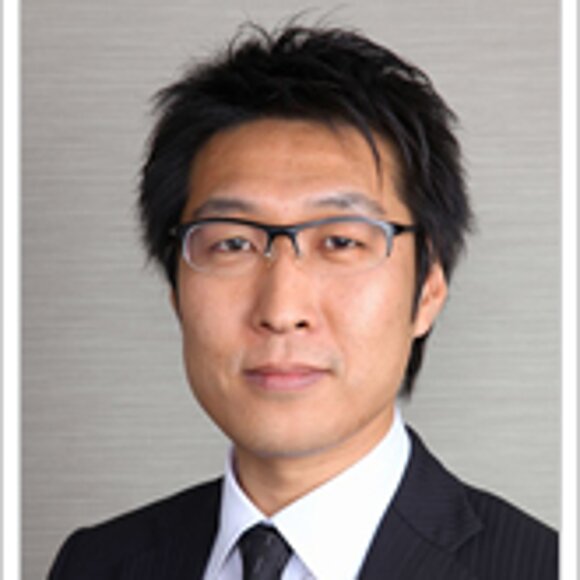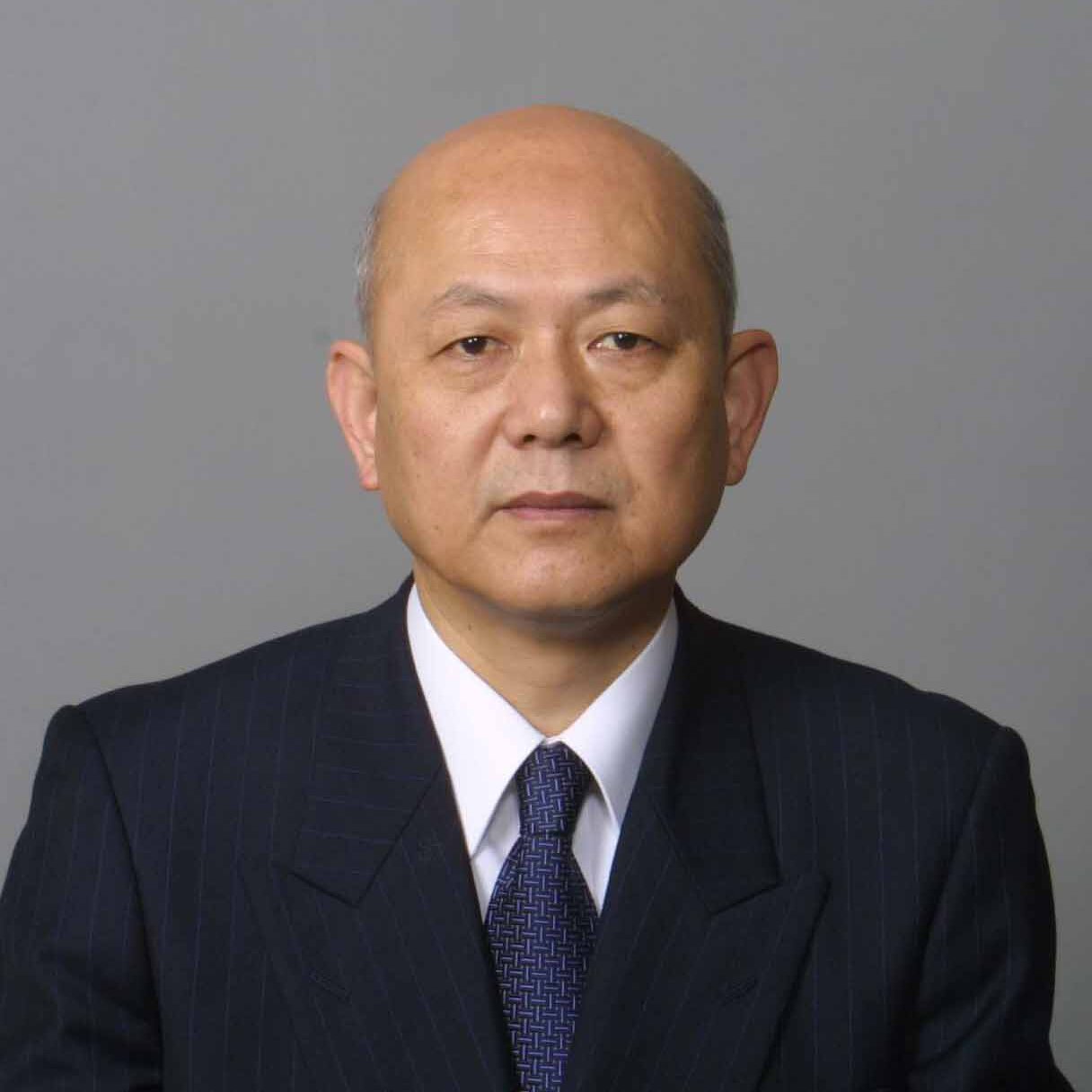The Biggest Challenges Facing Foreign Entrepreneurs In Japan

3 years ago today, I posted a passionate reply to a question posted on Quora.com that asked, “What are the biggest challenges facing foreign entrepreneurs who plan to launch startups in Japan?”
Some of the answers to that question included, lack of venture capitalists, lack of raw startup talent, lack of exit strategies (M&As and IPOs), finding a co-founder and, my favourite, not being Japanese (Hmmm…) Well, it’s now 3 years later and I feel that such answers are just as misguided now as they were then. The challenges facing foreign entrepreneurs who plan to launch startups in Japan are really not any different from those of entrepreneurs who plan to launch startups anywhere else!
To worry about things like getting venture capital and launching an IPO before you’ve even launched a Minimum Viable Product or before you’ve determined that you actually have customers who are willing to pay you is just dreaming. After all, a lot of startups fail before then even get their product or service out the door!
You can see the original question on Quora at the link here, with my full response 3rd from the top (until someone votes it up or down), but below are some of the points I was trying to make.
When I re-launced my software company Qhub.com in Japan in July of 2013, I achieved pretty good success with minimal issues, and here’s why :
Things We Did :
Onboarded Japanese translators, sales and support staff. Although I’d been in Japan for over 20 years and was bi-cultural, I hired a Japanese PA to work closely with me. The rest I hired through UpWork.com, some local and some overseas, but all Japanese.
Connected our translators with our developers. We made the decision to localise Qhub instead of building a pure Japanese version, as it made no sense to build something from scratch without proof that our target audience was willing to spend money on it.
Measured everything. We set up various analytics and measurements to make sure that we really were doing what we set out to do, and we made changes based on solid feedback numbers and not on gut feeling (which was hard at times…)
Marketed locally and internationally. After I was convinced we had a product that the Japanese market would accept, we did local and international press releases, social media campaigns, and I even got up and did a live presentation on stage at The Pink Cow in Tokyo.
Things We Did Not :
Go out and hire a bunch of full-time employees which is the always the greatest source of time and money expenditure for any startup. Having created, managed and successfully sold an outsourcing agency in Japan the past, I knew a thing or two about outsourcing, so we went that route instead.
Look for venture capital. That may happen one day, but until you’re truly rockin’ it, bootstrapping is always the way to go!
Try to get our product exactly right. Yes, Japanese buyers are demanding and exacting, but unless they care about your product at all, that really doesn’t matter. So we launched a “good enough” version of Qhub, while keeping our team ready to act on any feedback that came to us.
The Results?
We had a mature SaaS product that is still popular in the US and the UK, and which was growing in popularity in Japan before I sold it.
We had a core team of Japanese staff, all outsourced, who provided first class translation for us, and support for our Japanese customers.
We said goodbye to outsourced team members we no longer needed, and because we were all friends I still have access to them for other projects in the future.
So, again, the challenges facing foreign entrepreneurs who plan to launch startups in Japan are really not that big and are really no different from anywhere else in the early stages.
Start by outsourcing great talent, don’t try to get your product perfect, and measure everything.






